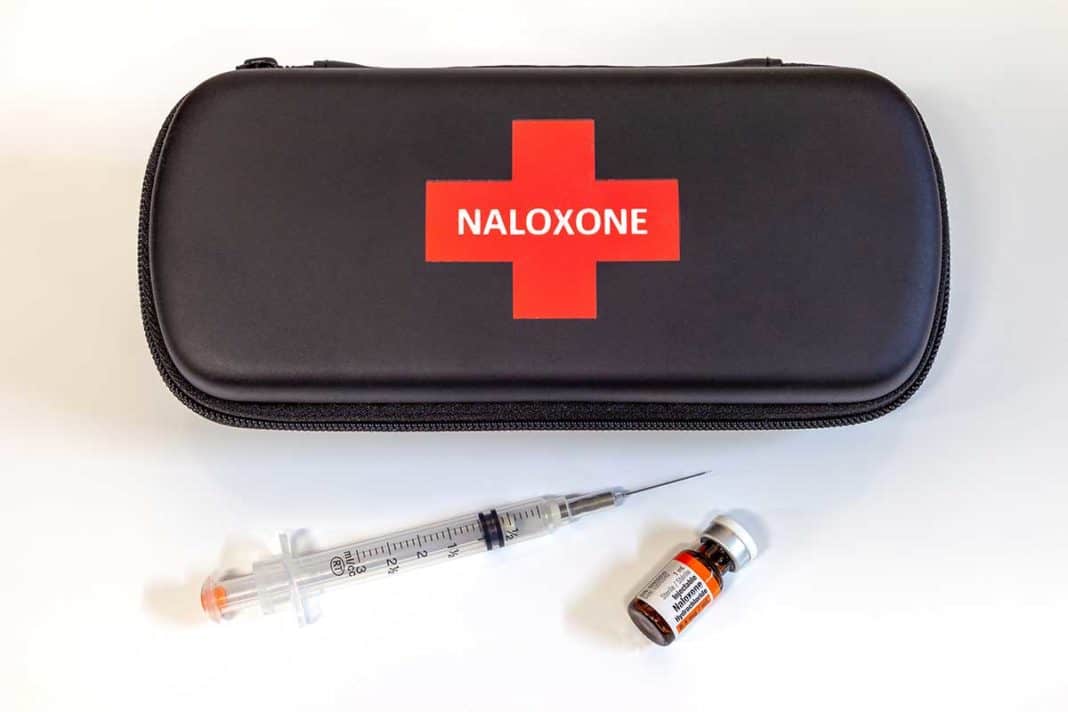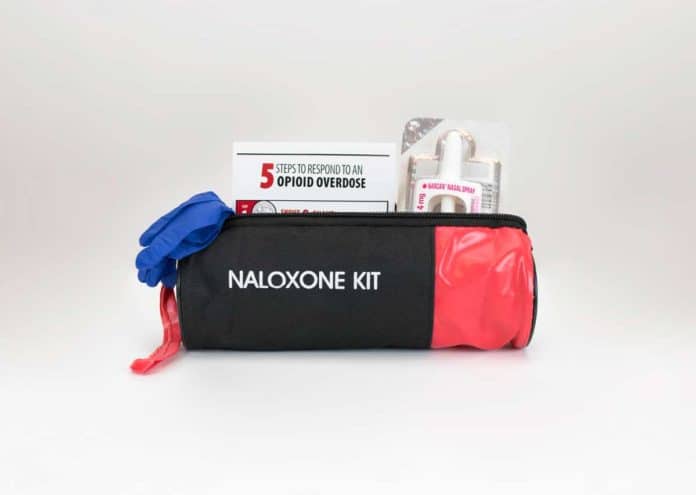MANITOULIN – While Manitoulin-Sudbury District Services Board Chief of Paramedic Services Paul Myre is careful in his wording, he admits to having “suspicions” that there is an increase in overdoses in his catchment area, including Manitoulin Island. Because of concerns for this vulnerable sector, those living with substance use disorder, the DSB’s paramedic services and Public Health Sudbury and Districts (PHSD) are initiating a naloxone program and staff will be personally delivering naloxone kits to those deemed to be at-risk across Manitoulin, once granted approval by the Ministry of Health and Long-term Care.
Naloxone, or sometimes referred to as narcan, is an opioid antagonist that can reverse the effects of overdose, namely respiratory distress, and save lives when administered in a timely manner.
“When we look at stats, there is a possibility (of an increase in overdoses),” Paramedic Chief Myre told The Expositor. “Younger, at-risk folks are succumbing to some sort of tragic means.” The chief of paramedic services is careful because overdoses cannot truly be named until after an autopsy is completed.
Paramedic Chief Myre shared that since January 1, 2020, DSB paramedics have administered naloxone 21 times, which he admits to not being a good indicator of the overall situation facing the region.
“(Paramedics) may not administer naloxone as a first option,” he said. “If they can support the respiratory system first with the means at their disposal, they will do that. A lot of times they will breathe for the patient (using oxygen) until they come around.”
While paramedics may not use naloxone as their first choice when responding to an overdose, Paramedic Chief Myre urges all those who are using opioids, or friends and family of users, to carry a naloxone kit which can and does save lives.
The naloxone distribution program will work through the DSB’s community paramedicine program—which sees paramedics being proactive in the community and offering services such as COPD monitoring, blood pressure taking and more—through their partners at PHSD. The DSB will receive referrals for at-risk individuals who might benefit from a naloxone kit from public health. They will then personally deliver the kits to their front door and give them step-by-step instruction on how to administer the medicine.
Naloxone comes in two forms: a nasal spray or an intramuscular injection. While Paramedic Chief Myre is not yet sure which form the naloxone kits will take for the paramedicine program, he said the intramuscular injection kits are preferred during times of COVID-19as the nasal spray aerosolizes the medication, which could potentially spread COVID-19 if the person using the spray is infected with the virus.
Signs of an overdose include: blue lips or nails, dizziness and confusion, the person can’t be woken up, choking, gurgling or snoring sounds, slow, weak or no breathing and drowsiness or difficulty staying awake.
Naloxone kits can be picked up, for free, at all Ontario pharmacies.





